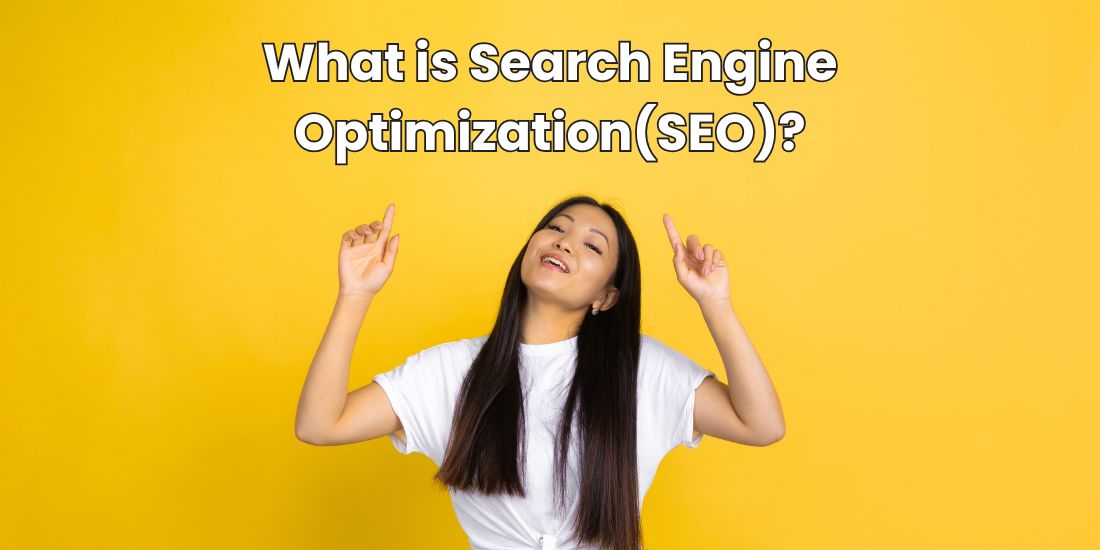In today’s competitive digital world, understanding SEO (Search Engine Optimization) is no longer optional—it’s essential. Whether you’re a blogger, eCommerce store owner like EasyBuyShop.store, or a digital marketer, SEO helps your content get discovered by the right audience.
This in-depth article will walk you through what SEO is, how it works, types of SEO, benefits, best practices, and frequently asked questions.
Table of Contents
- What is SEO?
- Why SEO Matters in 2025
- How Search Engines Work
- Types of SEO
- On-Page SEO
- Off-Page SEO
- Technical SEO
- Local SEO
- SEO Ranking Factors
- Best SEO Practices for 2025
- Common SEO Mistakes to Avoid
- SEO Tools You Should Use
- How Long Does SEO Take?
- FAQs
1. What is SEO?
Search Engine Optimization (SEO) is the process of optimizing your website to rank higher in search engine results pages (SERPs) like Google, Bing, or Yahoo. It involves strategic use of keywords, high-quality content, backlinks, website performance, and user experience.
In simple terms, SEO helps your website get found by people who are searching for products, services, or information that you offer.
For instance, when someone searches “wireless earbuds online Pakistan,” SEO determines whether your store, like EasyBuyShop.store, appears on page 1 or page 5.
2. Why SEO Matters in 2025
As digital competition grows, SEO is even more critical. Here’s why:
- Organic traffic is free and long-term.
- Trust and credibility are built when users see your site in top results.
- Better user experience leads to more conversions.
- Higher visibility leads to better brand recognition.
- Cost-effective compared to paid ads.
More than 90% of online experiences start with a search engine. If your site isn’t optimized, you’re losing traffic and sales.
3. How Search Engines Work
Search engines like Google use bots (called crawlers) to scan the web. They index websites and rank them based on hundreds of factors such as:
- Relevance to the search query
- Website speed and performance
- Mobile-friendliness
- Backlinks from reputable sources
- Content quality
SEO is the art and science of telling search engines: “Hey, my content is valuable—rank me higher!”
4. Types of SEO
Let’s break down the 4 main types of SEO:
a. On-Page SEO
Focuses on optimizing elements within your website:
- Keywords: Using the right keywords naturally in titles, headers, and content
- Meta Tags: Proper meta titles and descriptions
- Content: High-quality, relevant content
- Internal Linking: Linking related pages
- Image Optimization: Using alt tags, reducing size
Example: At EasyBuyShop.store, using keywords like buy Bluetooth speakers online Pakistan improves search visibility.
b. Off-Page SEO
Focuses on actions outside your website to improve authority and trust:
- Backlinks from reputable websites
- Social signals (shares, mentions)
- Brand mentions across forums and blogs
Think of off-page SEO as digital “word-of-mouth” that tells search engines you’re trustworthy.
c. Technical SEO
Improves the infrastructure of your website:
- Site speed
- Mobile responsiveness
- HTTPS security
- Sitemap and Robots.txt
- Fixing broken links
Search engines love clean, fast, and secure websites. Technical SEO makes sure your site is healthy.
d. Local SEO
Optimizes your site for location-based searches:
- Google My Business listing
- Local keywords (e.g., “Online store in Lahore”)
- NAP consistency (Name, Address, Phone number)
For businesses targeting a specific city or region, local SEO is gold.
5. SEO Ranking Factors
Google considers over 200 ranking factors, but some core ones include:
- Content quality and relevance
- Mobile-friendliness
- Backlinks
- Page load speed
- HTTPS encryption
- User engagement (time on page, bounce rate)
- Internal linking structure
- Schema markup
6. Best SEO Practices for 2025
Follow these updated SEO strategies to dominate in 2025:
- Use long-tail keywords that match user intent
- Optimize for voice search
- Create helpful, expert-driven content (E-E-A-T: Experience, Expertise, Authority, Trustworthiness)
- Focus on mobile-first indexing
- Leverage AI tools for keyword research
- Update content regularly
- Use schema markup to appear in rich snippets
- Optimize for Core Web Vitals (loading, interactivity, and visual stability)
7. Common SEO Mistakes to Avoid
Avoid these mistakes that could hurt your rankings:
- Keyword stuffing
- Duplicate content
- Ignoring mobile optimization
- Low-quality backlinks
- Neglecting meta descriptions
- Slow-loading pages
- Not using analytics or tracking tools
8. SEO Tools You Should Use
Use these tools to monitor and improve SEO:
- Google Search Console – Monitor site performance
- Google Analytics – Analyze user behavior
- Ahrefs / SEMrush – Advanced keyword and backlink research
- Yoast SEO (for WordPress) – Easy on-page optimization
- Ubersuggest – Budget-friendly keyword research
9. How Long Does SEO Take?
SEO is not instant—it’s a long-term strategy. You may start seeing results within 3–6 months, depending on:
- Competition level
- Your industry
- Site structure
- Frequency of content updates
- Backlink profile
However, once established, organic traffic can become your most powerful channel.
10. Frequently Asked Questions (FAQs)
Q1. What does SEO stand for?
SEO stands for Search Engine Optimization. It’s a strategy to make your website more visible on search engines like Google.
Q2. Is SEO better than paid ads?
SEO offers long-term value and organic traffic without recurring cost, while ads offer immediate but short-term traffic. Both have their place in a digital strategy.
Q3. How can I do SEO for my eCommerce store like EasyBuyShop.store?
Focus on product keyword optimization, fast-loading mobile pages, customer reviews, secure payments, and structured data to improve visibility.
Q4. What are the best free SEO tools?
Some great free tools include:
- Google Search Console
- Google Analytics
- Ubersuggest
- Yoast SEO
- AnswerThePublic
Q5. What is the difference between on-page and off-page SEO?
On-page SEO refers to elements on your website (content, titles, structure), while off-page SEO includes backlinks, social signals, and other external factors.
Q6. Is SEO still relevant in 2025?
Absolutely! SEO continues to evolve with trends like voice search, AI-generated content, and Core Web Vitals, making it more important than ever.
Q7. How much does SEO cost?
SEO costs vary. You can do it yourself using free tools, hire freelancers, or pay for agency services. ROI depends on consistency and strategy.
Q8. How do I find the right keywords?
Use tools like Ahrefs, SEMrush, or Ubersuggest. Look for:
- High search volume
- Low to medium competition
- Buyer intent (e.g., “buy shoes online”)
Q9. What are backlinks and why are they important?
Backlinks are links from other websites pointing to your site. They act as “votes of confidence” that tell search engines your content is valuable and trustworthy.
Q10. Can I learn SEO on my own?
Yes! There are tons of free resources, blogs, YouTube channels, and tools available. It takes time, experimentation, and patience.
Final Thoughts
SEO is not just about ranking high on Google—it’s about delivering value, earning trust, and growing your brand. Whether you’re running a blog or an online store like EasyBuyShop.store, investing in SEO is one of the smartest moves for long-term success.
By applying these strategies consistently, you’ll drive more traffic, increase visibility, and boost sales—organically!



